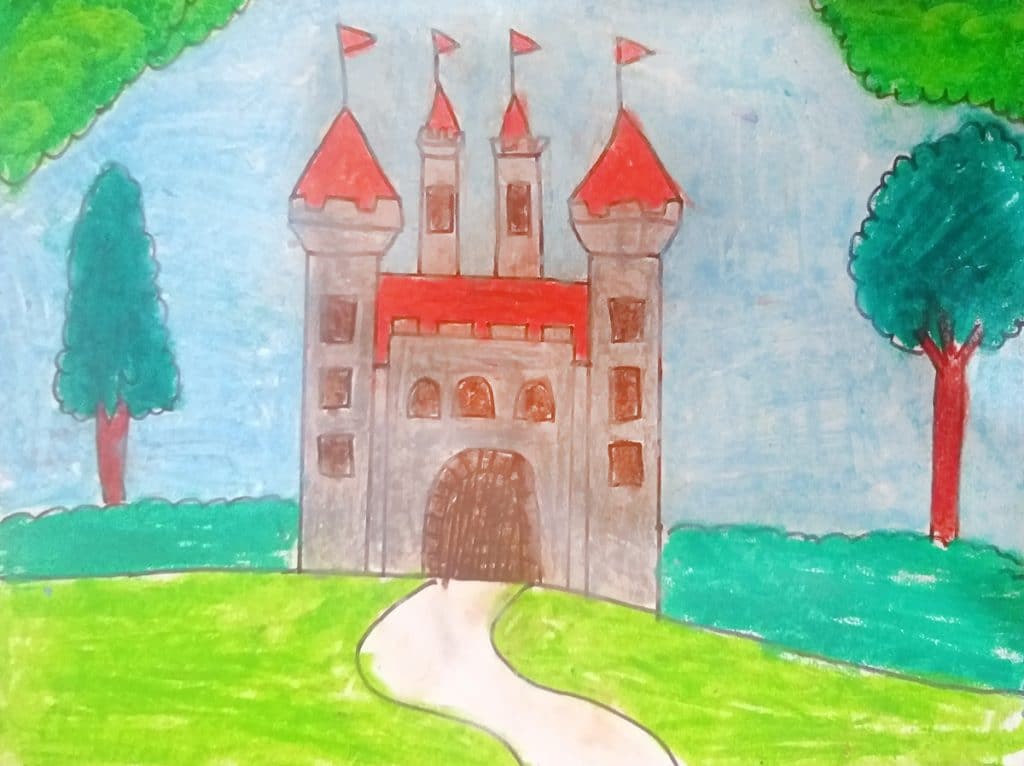
Indeed, the British monarchy has much to answer and atone for. Only recently have members of the royal family been obliged to admit publicly the inhumane consequences of the crown’s long, disfiguring history of being the pretty face to the violence, racism, slavery and wholesale pillaging of largely non-white nations that made up Britain’s colonial empire.Įarlier this year, in the opening speech at the Commonwealth Heads of Government Meeting in Kigali, Prince Charles said that “this is a conversation whose time has come”. With a funeral procession and succession ceremony on the horizon, we can expect that hushed, respectful mood to persist.īut, even at this subdued hour, it would be deeply irresponsible and an egregious mistake to avoid acknowledging that the imperial institution Queen Elizabeth II led has caused indelible harm and suffering to so many people, in so many places. That she was able to summon the strength and enthusiasm to afford a new prime minister the courtesy of an official audience is, I suppose, a testament to the queen’s determination to fulfil her duties as best she could until the very end.įrom the instant that the news of her death was announced, the tone of much of the media’s coverage has been sombre and reverential. Perhaps she knew what was to come and decided to gift her family and subjects in England and beyond who admired and loved her one final, happy image to remember her by. In that moment, dressed in a long, grey cardigan, a matching tartan skirt and brown penny loafers, the queen – who reigned for seven decades – seemed more Grand Mama than monarch. Still, she appeared content, if not happy. They were the unmistakable signs that this old, frail sovereign was approaching the inevitable. Her mottled hands and thin frame told a different story.

Presented in the format of pencil on paper, it is fitting for anyone looking for black and white pictures or for someone looking to buy original artwork to decorate in a castle theme.Standing in the centre of a room at Balmoral Castle with stooped shoulders and that inescapable bulb of white hair, and leaning gingerly on a brown, wooden cane, Queen Elizabeth II looked as sweet as her smile. This is a highly detailed and unique drawing for anyone looking to add architectural wall art of 19th century British drawing to their wall art interior decoration. As this work is unsigned, we do not place an artist’s name on the drawing.

This work was part of the works done by the artist as a child. This drawing was part of a family portfolio of works dating and attributed to a late family member, a noted British artist, and cartoonist of political satire during the 19th century. Created in shades of pencil wash on artist board, the drawing is reminiscent of many British studies of castle ruins throughout England. An excellent buy for anyone looking to buy caste artwork.

Shop this old castle drawing wall art on All The Decor: a classic and alluring 19th-century British landscape depicting castle ruins next to a rural farmhouse.


 0 kommentar(er)
0 kommentar(er)
